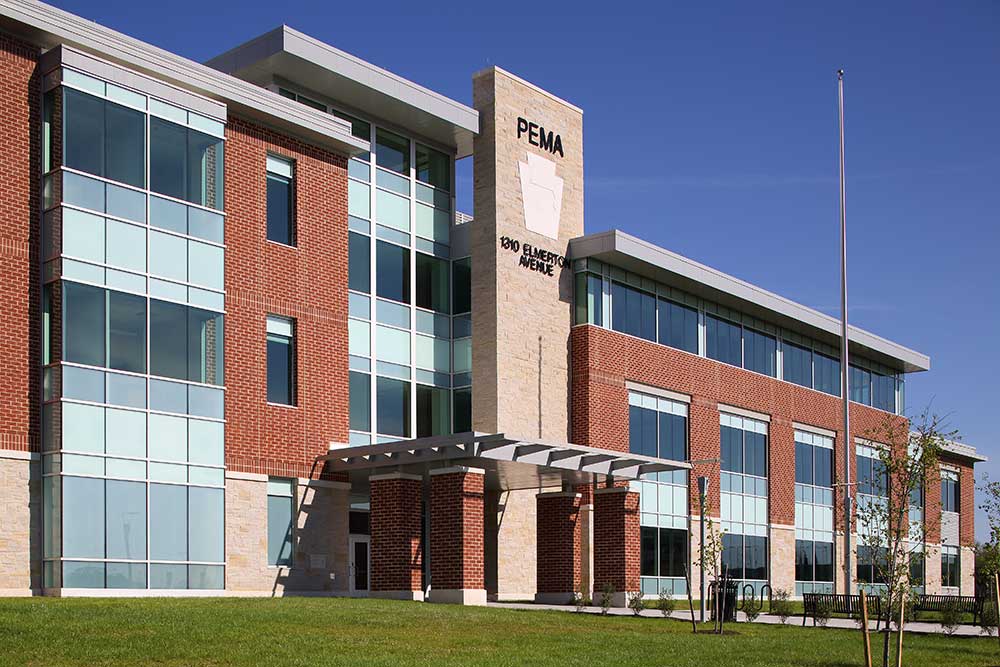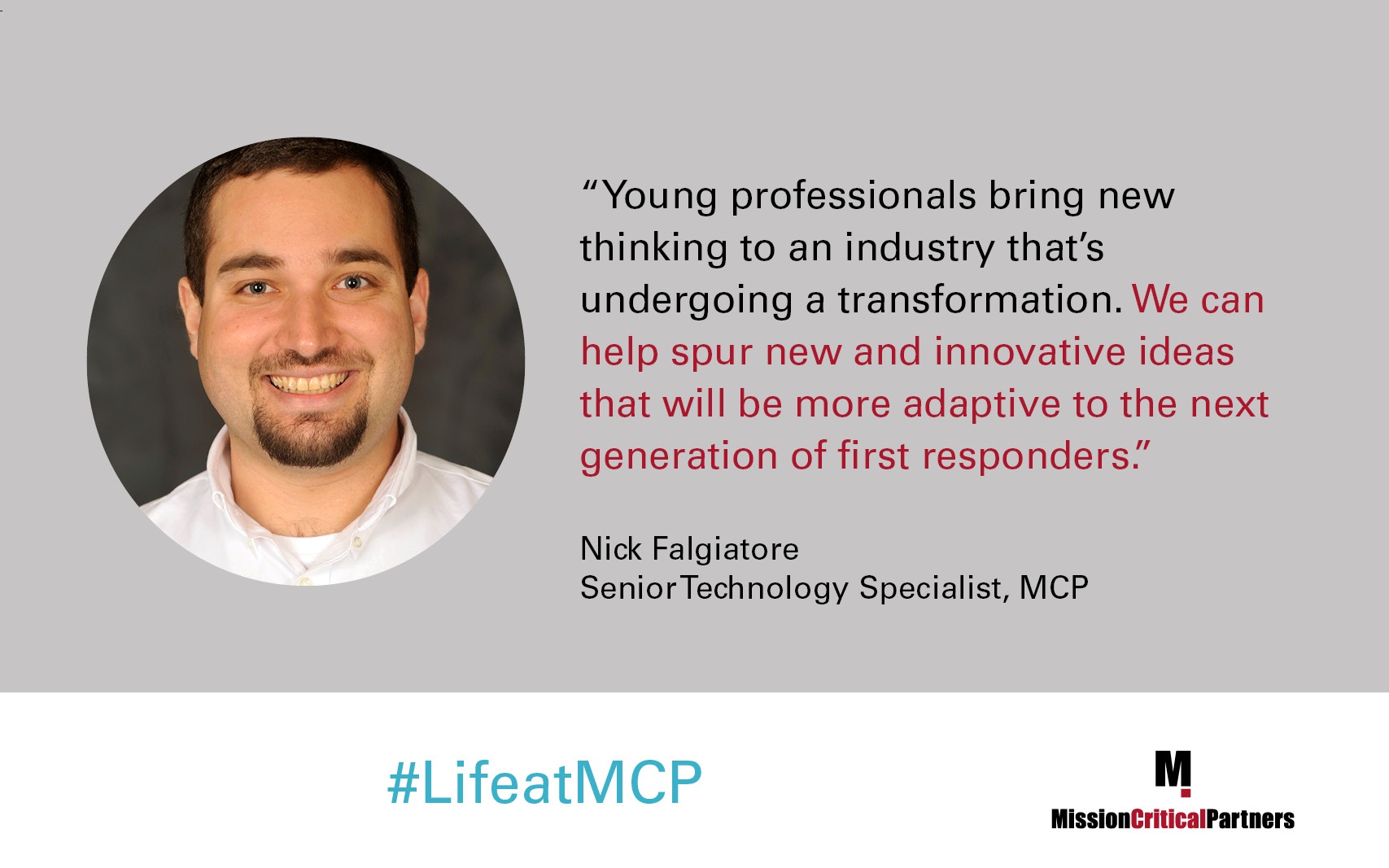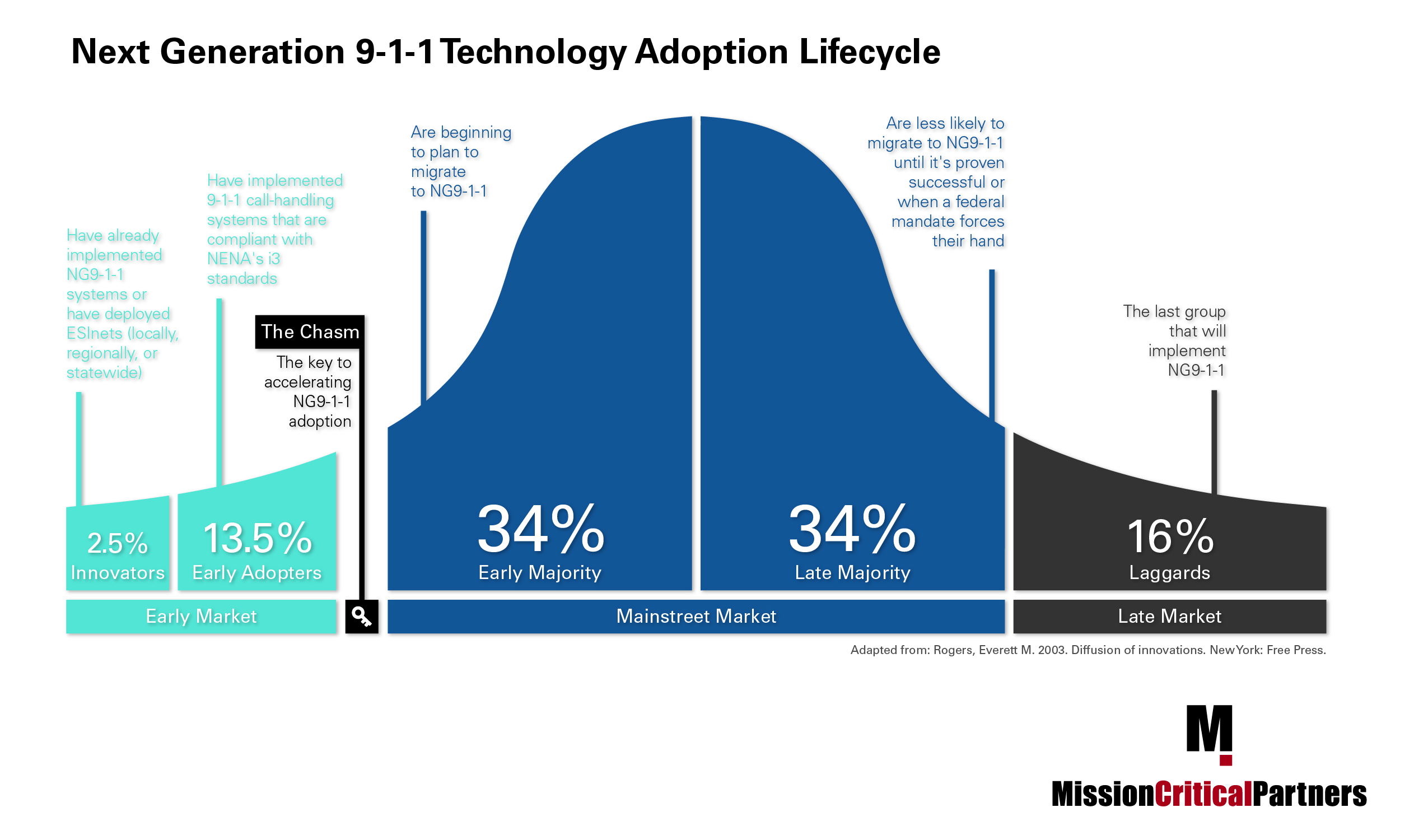A Look Back at 2017's Most Read Stories on MCP Insights
This past year, we launched an online repository of articles called MCP Insights. Our vision was to create a destination for public safety communications and government leaders to expand their knowledge, stay abreast of emerging trends within the industry and hear about new ideas that will help to advance the industry and ultimately, improve emergency response outcomes.
This article features the most shared posts among our readership this past year. Read on to learn more, and while you’re at it, subscribe to receive notifications when a new MCP Insight is released.
A Massive Outage that Affected PSAPs Across the US
In March 2017, an extensive outage impacted 911 service in a number of states. It revealed the need for increased communication among service providers during outages and similar incidents, but it also reminded us that PSAPs should take proactive steps to soften the impacts of unpredictable outages, beginning with an extensive refresh and review of their policies and procedures, as well as testing.
“Sunny-day” outages, like the one that occurred in March, is just another example of why the public safety communications sector needs to push forward with Next Generation 911 (NG911).
Topics: Industry News, Technology











